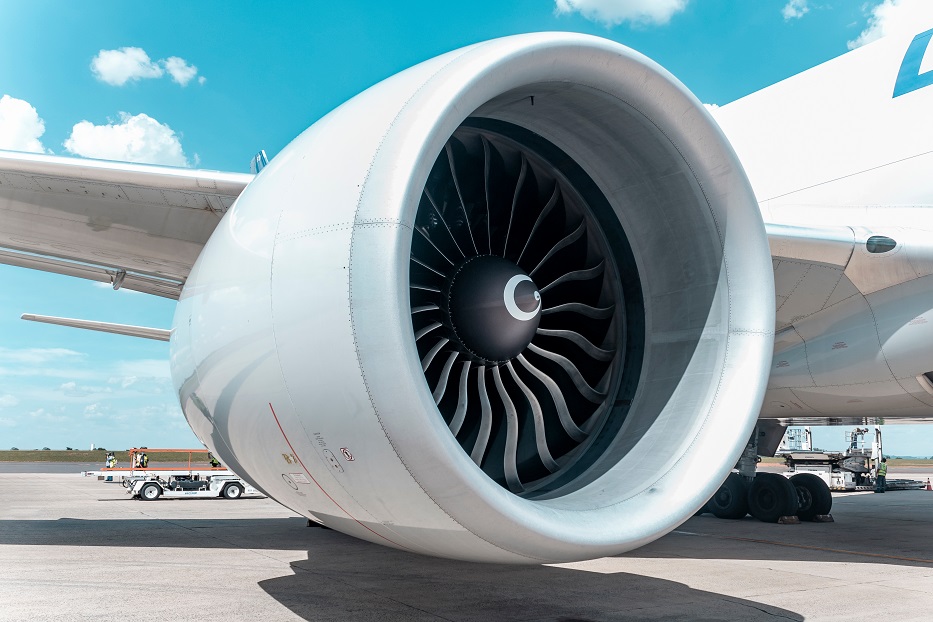Effective cleaning: Wet blasting efficiently removes a wide range of contaminants like dirt, oil, grease, and residual manufacturing residues. This ensures blades are free from substances that could interfere with the NDT processes. For example, oil or grease residues could interfere with ultrasonic wave propagation or dye penetration, leading to inaccurate assessments.
Access to complex geometries: Turbofan engine blades often feature intricate shapes and tight crevices. The fluid nature of wet blasting allows the abrasive media to penetrate and clean these complex areas more effectively than dry blasting.
Minimised surface damage: The cushioning effect of water in wet blasting reduces the risk of damaging the blade's surface compared to dry blasting. This is crucial for maintaining the structural integrity and aerodynamic properties of the blades.
Cooling effect: The water in wet blasting helps dissipate heat generated during the abrasive process, preventing thermal stress or alterations to the blade material. This is important for maintaining the mechanical properties and performance characteristics of the blades.
No peening: Unlike dry blasting, there is no risk of peening over cracks, instead they are cleaned making them easier to detect.
Uniform surface finish: Wet blasting can achieve a consistent and uniform surface finish, which is essential for accurate NDT results. A uniform surface ensures inspection techniques like ultrasonic testing or dye penetrant inspections can detect flaws without interference from surface irregularities.
Dust suppression: Wet blasting significantly reduces the generation of dust and airborne particles, creating a safer and cleaner working environment. This is particularly important in aerospace settings where contamination must be tightly controlled.
Reduced environmental impact: By containing and managing abrasive media and contaminants within the wet blasting system, the process minimises environmental contamination and facilitates easier disposal or recycling of used media.
Consistent preparation: Wet blasting provides a repeatable and consistent cleaning process, vital for maintaining quality control and ensuring that each blade meets the stringent standards required for aviation safety.























